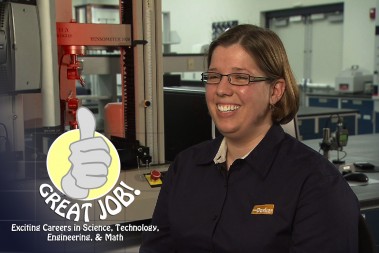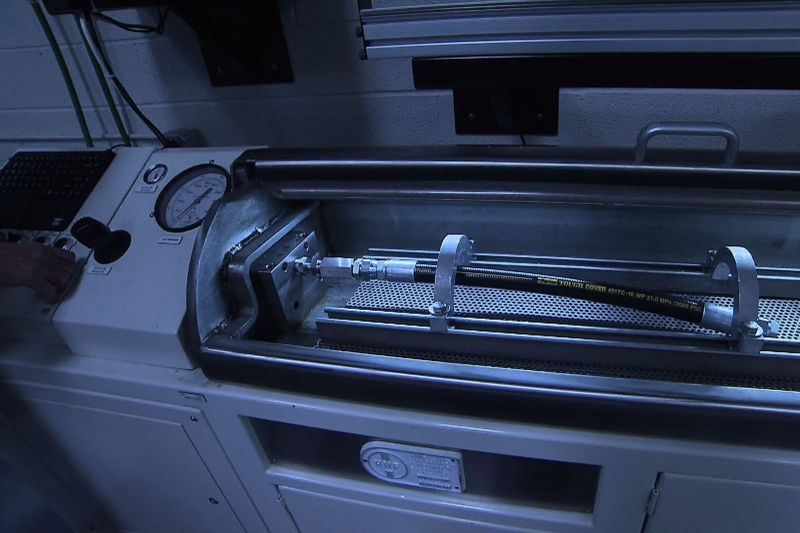Article by George Viebranz of QUEST Ohio.
Every day our lives are affected by the work of chemical engineers who specialize in solving problems through the use of polymers. Simply put, polymers are long “macro-molecules”, formed by combining carbon or silicon atoms with other elements like hydrogen, oxygen, and nitrogen. The combinations form long chains of repeating chemical structures, each with a unique set of chemical properties and characteristics. Depending on the atoms used and their arrangement, engineers and chemists use polymers to create almost anything from a soft toothbrush bristle to a tough bullet-proof vest.
Some polymers occur in nature, like cellulose, amber, shellac, and natural rubber. Other polymers are manufactured by chemists and engineers, and are referred to as synthetic polymers. In an ongoing quest for better and more useful materials, these scientists aim to make substances tough enough to work in the bitter cold of Antarctica or under the immense pressures encountered thousands of feet below an ocean’s surface.

As a part of the “Great Job!” series that highlights exciting careers in Science, Technology, Engineering, and Mathematics (STEM), a production crew with WVIZ/PBS ideastream®, in Cleveland, Ohio, spent a day with Becki Ramsay. Becki is a chemical engineer with the Hose Products Division of Parker-Hannifin Corporation. She and her team create hoses from synthetic polymers to meet the design specifications they get from mechanical engineers.

